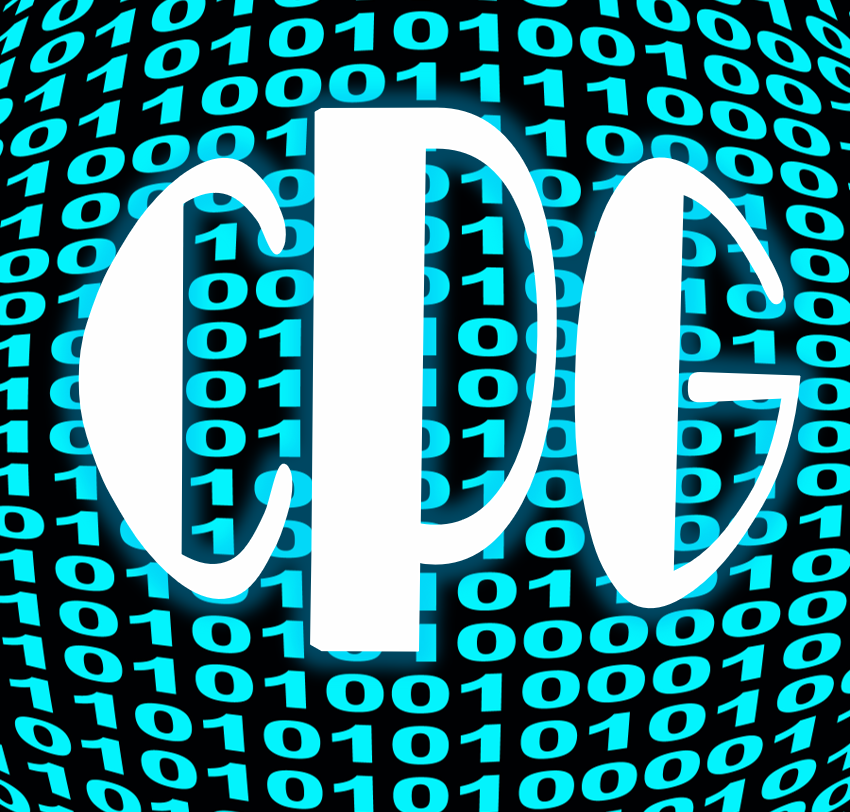From demand planning to manufacturing to trade promotion optimization, data is essential for almost every aspect of consumer packaged goods (CPG) company operations. Journalist Tina Wilson explains, “While the evolution of the CPG landscape has been underway for years now, its rate of change has dramatically quickened as a result of the coronavirus outbreak. Amidst store closures and stay-at-home advisories, consumers have rapidly adapted to new, tech-forward ways of shopping, which has created immense demand for the CPG industry. … With an ever-complex consumer purchasing path, it can be difficult for a brand to know where exactly to adjust their efforts. To avoid diving blindly into new endeavors and wasting resources by consequence, CPG brands need sales and media data to direct and inform their alterations.”[1] Deloitte analysts add, “The global pandemic has upended what many consumer products companies understand about their businesses, customers, risks, and opportunities. As these organizations work to transition to a ‘next normal’ state, the ability to harness data around the rapidly shifting environment has become an important differentiator.”[2]
Data and advanced analytics
Collecting and storing data is only the beginning. To gain benefits from the data, it must be analyzed. As the Deloitte analysts note, “Technology to gather and analyze data can help provide insights that companies can use to pave their path to recovery and future growth. Data analytics and cognitive risk sensing are becoming increasingly important tools for organizations.” They go on to report, “A recent Deloitte analysis of the top 52 U.S. consumer products companies by market capitalization suggests those organizations were already increasing their use of data analytics across many areas of the business, although they have been doing so in different ways.” It should come as no surprise that the most important insights CPG companies require pertain to consumers. Wilson notes, “Brands who want to remain competitive … need to update their methods to ensure they make an impact on evolving audiences.”
According to Nimrod Kaplan, CTO and Co-Founder at Water.io, consumer data might not be as abundant as people think. He explains, “Big data essentially has three sources: social data, machine data and transactional data. Social data is comprised of a consumer’s online behavior. … Transactional data is generated by online and offline transactions and records. Unfortunately, these sources are limited in providing any meaningful insight into the $760-billion consumer packaged goods market. Most brands lose sight of their products the minute they are shipped out of their warehouses — and don’t know whether or not consumers use their products correctly.”[3] He adds, “Developing a big data source that captures real-world user behavior would provide brands with the visibility they need into consumer behavior. That data would spur on product development and provide marketing departments with a more precise marketing story.” Although there is a lot of available consumer data, I must agree that finding the right data, in the right format, can be tricky when designing digital solutions for CPG companies. Nevertheless, with some effort, the task is not impossible.
The staff at SupplyPike notes, “CEOs of successful consumer packaged goods companies know they need to make clear-cut decisions in order to be true business leaders. One poor decision can be disastrous. As far as the CPG industry is concerned, employing a data-backed business strategy is crucial for success where there is minimal scope for wrong decisions. There can be no substitute for a data-driven, well-informed, business decision-making.”[4] Bain analysts, Michael C. Mankins and Lori Sherer (@lorisherer), explain, “The best way to understand any company’s operations is to view them as a series of decisions.”[5] They add, “We know from extensive research that decisions matter — a lot. Companies that make better decisions, make them faster and execute them more effectively than rivals nearly always turn in better financial performance. Not surprisingly, companies that employ advanced analytics to improve decision making and execution have the results to show for it.”
CPG industry and cognitive technologies
Nowadays, advanced analytics are generally embedded in cognitive technologies that leverage machine learning. The editorial team at Consumer Goods Technology (CGT) argues CPG companies have been slow to embrace cognitive technologies; however, the coronavirus pandemic is changing that picture. The team writes, “Before the COVID-19 shutdown — and despite the constant hype — artificial intelligence (AI) was lagging in the consumer goods industry. While what comes after a level of normalcy returns to the industry remains to be seen, one thing’s for sure: The use of AI to help minimize the impact of future disruption has been accelerated.”[6] They add, “CG companies are also applying the technology in the areas of product development and design, manufacturing, marketing and trade promotion management — although not always to the best ROI.” The implementation of any technology, including cognitive technologies, should be based on sound business principles. Most CPG companies believe cognitive technologies will improve their bottom line. That’s why “McKinsey values the total potential of AI in CPG as $1.4 trillion. Of that, supply chain represents the biggest chunk at $976 billion, followed by marketing and sales at $286 billion and product development at $53 billion.”[7] The CGT editorial team suggests there are “three requirements to build a strong AI foundation and be ready for the next disruption.” They are:
#1 FOCUS ON THE FUNDAMENTALS. “Getting to a more mature AI posture requires concurrently building a foundation on the fundamentals: Process (data analytics, governance and testing); technology (AI that’s probably already in your current solutions); and, people (acquiring new talent, retraining employees).”
#2 DEFINE USE CASES FOR AI WITHIN THE BUSINESS. “Though some industries are ahead in their application of AI — retail for example — Bain & Company research says no one is ‘mastering the technology.’ AI-powered customer service via chatbots is one area in which the technology is prolific across industries. Overall, stats show that 85% of customer interaction will be handled without human agents by 2021. In CG, four additional key and common areas to explore are supply chain, design, TPM and marketing.”
#3 START BUILDING AN AI FOUNDATION. “The consensus is that AI use cases in CG have been fairly ad hoc so far. Pilots are often low impact and difficult to get off the ground. That’s why CG companies need to start with process. With AI/ML relying on data, cleaning tools and governance must be in place. Garbage in, garbage out is a cliché for a reason. Companies waste time on evaluating inconsistent data. Automation in this area is more efficient and leads to better outcomes.”
Concluding thoughts
The CGT editorial team concludes, “Like any technology implementation, the application of AI/ML must align with the business problem. The use case should come first. Technology for technology’s sake is especially common with cutting-edge, buzzy tools but, ultimately, not effective. The technology in and of itself isn’t the innovation. The application is what’s transformative.” One of the most important things to keep in mind is that transformation begins with data. Deloitte analysts explain, “When the organization makes a commitment to gathering and analyzing new data, it also needs an action plan for putting it to use. Strategic planning may need to consider how to consolidate new and existing data into strategy to determine how best to leverage it. Many companies … are demonstrating improved operating metrics, such as those related to efficiency, inventory management, and supply chain agility, and are differentiating and improving their customer experience.” In other words, the right data can place the consumer at the center of CPG operations.
Footnotes
[1] Tina Wilson, “How CPG brands can harness data to flourish in the age of disruption,” ClickZ, 5 August 2020.
[2] James Cascone, Aditya Shiralkar, Naba Sengupta, and Danny Lin, “In Evolving Consumer Products Space, Data Fills Gap,” The Wall Street Journal, 11 August 2020.
[3] Nimrod Kaplan, “Big Data, Consumer Behavior And The Consumer Packaged Goods Blindspot,” Forbes, 5 September 2019.
[4] Staff, “Data Analytics For Your CPG Company,” Supplierwiki, 2 July 2020.
[5] Michael C. Mankins and Lori Sherer, “Creating value through advanced analytics,” Bain Brief, 11 February 2015.
[6] Staff, “Build a Strong AI Foundation and Be Ready for the Next Disruption,” Consumer Goods Technology, 25 June 2020.
[7] Ibid.





